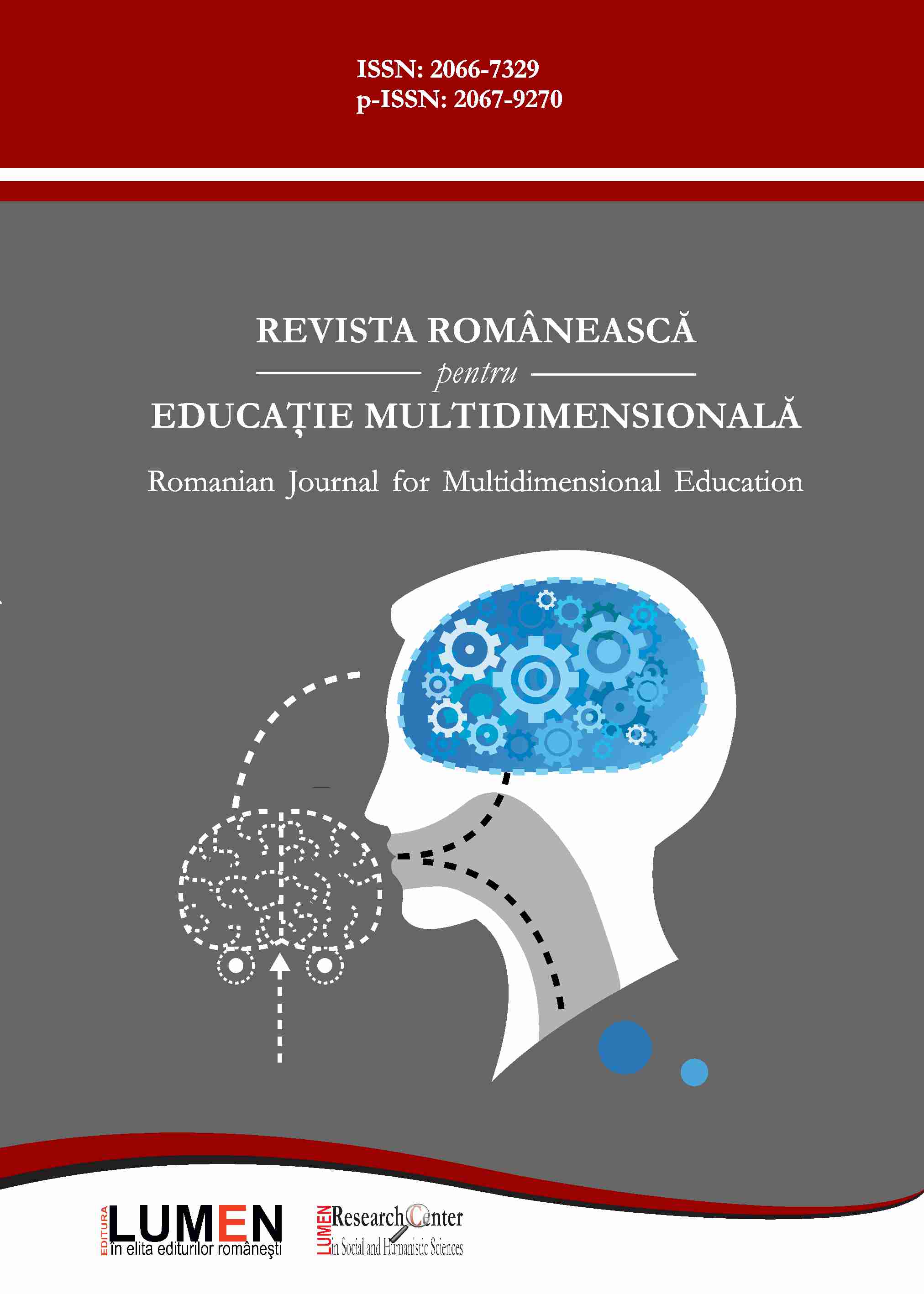Didactically Relevant Mechanisms of Onym Formation in the Ukrainian Language Today: A Neuropsychological Approach
Didactically Relevant Mechanisms of Onym Formation in the Ukrainian Language Today: A Neuropsychological Approach
Author(s): Svitlana Shestakova, Olga Zhvava, Oksana Popkova, Inna Berkeshchuk, Nadiia Knight, Oksana KlakSubject(s): Social Sciences, Education, Lexis, Semantics, Psycholinguistics
Published by: Editura Lumen, Asociatia Lumen
Keywords: expansion of range; neurocognitive mechanisms; models of rethinking; word combinations; motivational connections; figurative meaning; derivational metaphor; derivational metonymy;
Summary/Abstract: The article deals with the multifaceted mechanisms of onym formation in the Ukrainian language today and analyzes them in the context of studying linguistic courses and acquiring practical skills in their use. It proves that motivational connections in the language system are found to be typical, regular, regular, which allows us to distinguish several model varieties of lexical and semantic word formation (hereinafter “LSWF”). Only the transfer of the name, in our opinion, should be discussed in the creation of motivated models of onyms. It is simply impossible to talk about any figurative meaning. If we can talk about any transfer, then only about the transfer of a lexical unit from one denotation to another in the presence of speakers permanent (temporary) ideas, ideas about external, functional, spatial or other similarities and proximity of objects - ideas that reflect the real, desired or completely fantasy state of the sphere of the material and spiritual world to which this object belongs. These mechanisms can be analyzed from both linguistic and psycholinguistic (neurolinguistic) points of view. They also objectify universal ways of comprehending and representing a rapidly changing world verbally. Furthemore, the article confirms that the main and most productive models of LSWF at the present stage are derivational metaphor (hereinafter DMF) and derivational metonymy (hereinafter DMT). We consider it possible to use these terms because with the help of DMF and DMT new words are created, not new meanings of words. The use of phrases as a function of proper names (PN) is one of the traditional ways of nomination. Their activation is due to two intralinguistic factors: the tendency to expressiveness and the tendency to maximum motivation of language units.
Journal: Revista Românească pentru Educaţie Multidimensională
- Issue Year: 14/2022
- Issue No: 3
- Page Range: 51-65
- Page Count: 15
- Language: English

